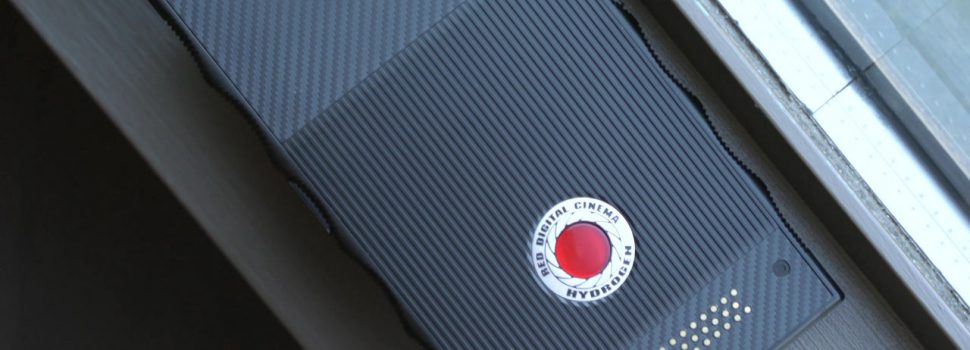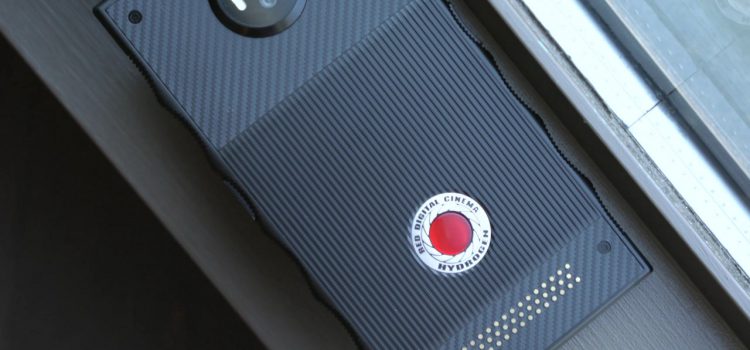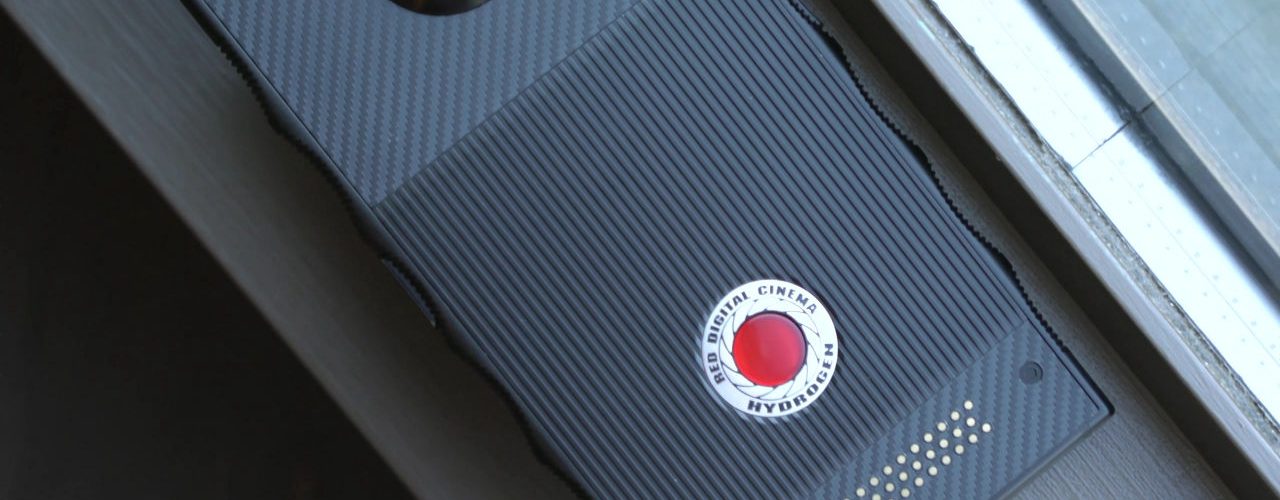


In 2017, the cinema camera making company RED announced it was working a smarthphone with a holographic screen Consumers were unsure what this meant until September 2017. Essentially, the phone would provide a 3D viewing experience on screen, projecting things like buildings and landscapes in an interactive map. A user could essentially take a virtual tour via the phone screen, looking around, above, behind, or in-between various objects.

The RED smart phone is currently available for pre-order, for the fairly hefty price tag of $1,195. No official release date has been announced, but the company says its Hydrogen One smartphone will ship this summer. Jim Jannard, RED’s CEO and founder, gave the update in January. RED says that the Hydrogen One phone is still months away from being released. But it does at least have a timeline: the phone is supposed to enter mass production and then ship sometime this summer.
 What Is It?
What Is It?
There have been a few basic details about the phone around since last July, and Jannard has now revealed a few more: it’ll run a Snapdragon 835 processor (Jannard writes that it’s an “835x,” which doesn’t currently exist, so it’s unclear if that’s a typo or some upcoming variant), have a dual SIM slot, and include a 4,500mAh battery, which is relatively huge. (The Note 8, for comparison, has a 3,300mAh battery.) The downside to this phone being released a full year after it was announced is that, while the 835 is a top-of-the-line chip, it’ll be succeeded by the Snapdragon 845 by the time the Hydrogen One actually makes it to market. That’s not necessarily a huge deal, but for a phone this expensive, it’s not great, either.

This 4V — or ‘four view’ — tech is what makes the Hydrogen One exciting on paper. With it, the phone can handle normal 2D media, stereo 3D, augmented reality, virtual reality and augmented reality, without additional glasses or headsets. The company hasn’t been forthcoming in explaining how this will work, although it did offer a slightly bemusing description in its update: “The 4V files match the pixel resolution of a traditional 2D file, which is great for downloading. The resolution perception is just different. The horizontal resolution of 2D is now split into depth layers. It gives a completely different feeling. All the pixels are there… but instead of ‘looking at’ a pic, you are immersed in the image. It is quite spectacular.” RED is best known for its high-spec camera, so if it pulls this off, it certainly will be quite spectacular. At least both skeptics and supporters will only have to wait a few months to find out.
 The Final Thought
The Final Thought
Alot of anticipation, hesitation, and skepticism are surrounding the. good be peaches, could be lunch meat we wont know till this summer. Ill with hold any true judgement until then, stay tuned.











No comments so far.
Be first to leave comment below.